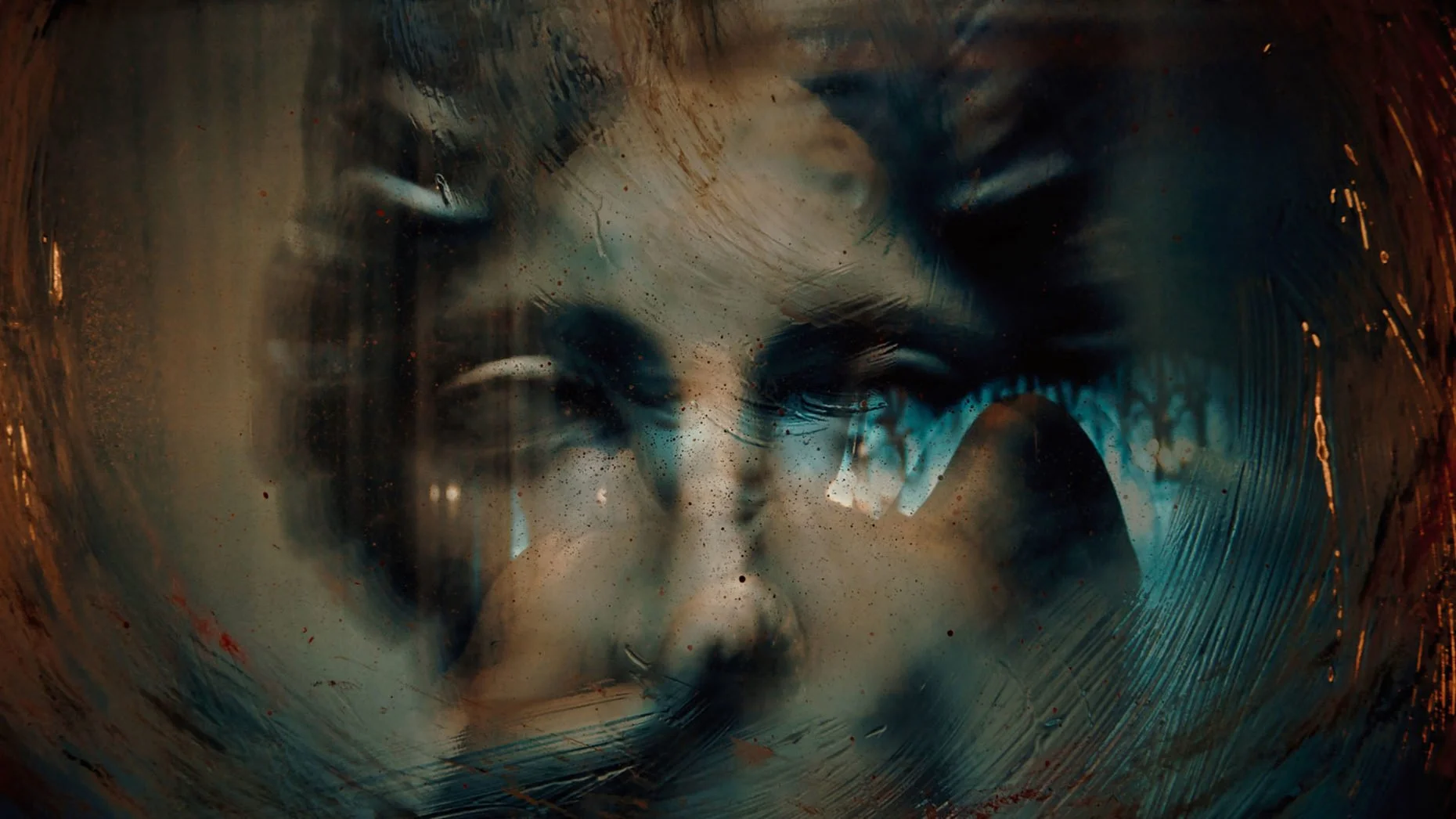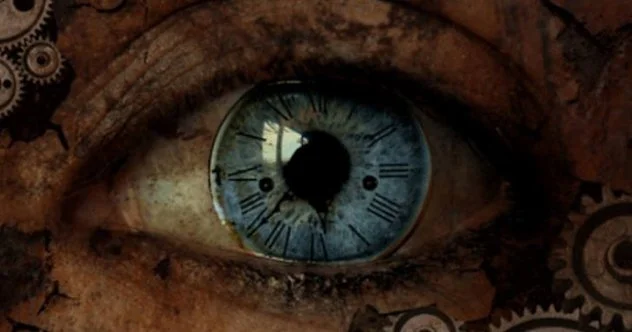Have you ever experienced déjà vu?
From the balcony of my favorite inn at the Oregon Coast, I inhale the ocean air while staring out at the crashing waves around Haystack Rock on a foggy afternoon. I’m mesmerized. And at the same time — feel like I’ve been here before — as a moment of time wraps itself around me.
Thanks to my husband, I have been in this hotel many birthdays, but this time there’s an unusual lull — as if a pause-button was being pressed in slow motion. My subconscious savors the contentment for a bit, with time swirling like salt water in the eddies at the base of Haystack Rock.
If I close my eyes, I can will the interlude to linger. Other thoughts in my mind stop chattering, then give way to memory pattern-matching: fireplace, window coverings, the balcony railings — that’s when the déjà vu hits me. I swear we’ve stayed in this room before …
What is déjà vu? Why does it happen? And can we use déjà vus as a way to preserve our memories?
what is déjà vu?
The term "Déjà Vu" is derived from the French word for "already seen." A memory phenomenon for the unsettling feeling we get when we sense we have been in the exact same situation before.
Plenty of theories around déjà vu exist, although science has found it difficult to study since the experience is so fleeting. Turns out déjà vu is remarkably common, with two out of three people—both men and women—experiencing the phenomenon at some point in their lives. One piece of research studied people focusing on objects. Seems we humans have good memory when it comes to objects.
The first déjà vu I recall happened back in the 1970s during a required psychology class experiment. I’m sitting in a chair in a nondescript, cold classroom with a TV monitor in the corner by the door in this makeshift psychology lab. My task: to watch a fellow student on the monitor and call out if/when they’re in distress.
A guy wearing black glasses and a red-plaid shirt passes by my open door while being escorted to another room. He glances at me briefly. Maybe a hint of a smile. I wonder how many of us guinea pig students are here.
A door closes down the hall.
The escort comes back and shuts my door too.
My attention switches from the doorway to examine the brightly lit room. My reflection stares back at me from the olive green glass monitor. I smile back. My eyes check out the rest of the space. There’s a dusty chalkboard with faint words and diagrams only partially erased from a previous class. Stubbles of white chalk relax on the silver tray during the quiet between lectures.
There’s slight movement in my peripheral vision as the TV clicks on by remote control. Probably a grad student conducting the experiment from somewhere else in the building.
On the monitor is a room like mine. There’s a guy fidgeting in his seat, not looking up at the TV. He glances around the room seeming to be oblivious of me watching him, which feels creepy. The guy keeps shifting in his seat, becoming progressively more agitated.
He glances up toward the monitor and I see his dark glasses. It’s the guy who walked by my door. He bends over, elbows on his knees, his face in his hands, and starts rocking back and forth.
As I watch him, a familiarity wave snuck in. Slowly. Silently. A whisper of a feeling "seen this guy before," but something’s not quite right.
I get up and open the door. There are people huddled around a TV monitor down the hall, with their backs turned to me.
“Hey - something’s wrong with the guy down the hall …”
As they turn to face me, all wide-eyed, the guy with the black glasses quickly looks away when he sees me. He’s in the same red-plaid shirt he walked by my door wearing, but that’s not the blue shirt he’s wearing on the monitor.
It’s a recording. He’s in on it.
Déjà vu “seen before,” but something’s not quite right.
why does déjà vu happen?
Starting in the late 1800s, many theories began to emerge. Originally, people thought it stemmed from a brain problem. Or a temporary hiccup in human memory. There have always been supernatural explanations including psychic dreams, or past lives, or parallel universes. But the topic didn’t rise to the realm of science until quite recently, where the more recent scientific explanations focused on perception and memory.
In the early 2000s, a scientist named Alan Brown decided to conduct a review of déjà vu research up until then. Although much of what he found had a paranormal flavor, he also found studies that surveyed regular people about their déjà vu experiences. From all these papers, Brown was able to glean some basic findings on the déjà vu phenomenon.
For example, Brown determined roughly two-thirds of people experience déjà vu and and that the most common trigger of déjà vu is a scene or place, like on the balcony at the Oregon Coast and in the psychology lab in college.
The next most common trigger is a conversation. I know that they probably don’t mean texting, but texting is a kind of conversation.
When my son-in-law sent me a text of our granddaughter dressing herself to go “puddle-stomping with Mama,” warm waves of been here before washed over me. The phrase triggered flashbacks to our girls splashing in puddles, and the photo …
She wasn’t her mama but the image sucked me back in time — I was in two places at once.
The photo caught a toddler in profile, donning a daycare-made, bear headband out of brown construction paper. She’s glancing pensively at something, clearly very serious. Her outfit consisted of an autumn-multicolored, wool sweater knitted by a fairy-godmother friend who added little brown bear wooden buttons perfect for a 2-year old. Her belly showed over her pink rain pants between the half-buttoned sweater and a fanny pack criss-crossing high up on her hips. And of course, she held some sort of stick tightly as if running her puddle-stomping scenarios around in her head, preparing for anything.
That image with the headband brought a wave of familiarity from somewhere in my brain’s database. It's like there's a computer Cron job in the background constantly searching for patterns because the wave that hit me was instantaneous —that feeling of being here before, experiencing a replay of a moment.
There was enough in the memory pattern-matching to have the Cron jobber on duty raise her hand or pull a cord grabbing my attention. A bit of nostalgia, not to go back there but to sip in the memory. For an instant, co-experience two little humans enjoying life thirty years apart; a generational moment.
If I turn the clock back farther, what headbands do I remember wearing? Or profile pictures? Or similar haircuts? I want to catch more of those little cycles of repetition, their echoes etching time.
can we create déjà vus to preserve memories?
After I read about researchers designing experiments in labs to test hypothesis for what triggers déjà vu, I wondered, how can I do that too? What if we could use photos and videos as a way to conjure up a sense déjà vu on purpose?
For decades, I’ve been stitching together photo and video vignettes of friends and family. Side-by-sides our daughters’ antics over the years, girlfriends weekends, anniversaries highlighting early dating pictures, on and on. I have an obsession to tie different moments in time together to create a new memory a new connection to be preserved for the future.
When I find a connection, it feels like a bright light turns on for a split-second of insight, a recognition, like you discovered a secret. The similarities between A and B. My dad’s dive and mine. My sister’s expression as a toddler and our sister who died way too young. My granddaughter’s bear headband and my daughter at the same age’s brown paper headband.
Most people only remember back to their grandparents, then they fall off the story bus for the next generation. Maybe I'm trying to expand the lifespan of those stories. We don't have many photos of our parents and grandparents before them, so maybe it's a counterbalance to ensure we are remembered after we're gone — if life is worth living, so much expended energy, there's a desire to leave a footprint to say we were here and cared and made a difference.
“Glitch in our Reality,” another déjà vu theory, is described as a momentary breakdown in our reality. Einstein famously suggested that there is no such thing as time—that time is a human creation made to establish order and structure.
Time might simply be an illusion from which déjà vu gives us a small break. If time is a made-up convention, then what we believe to be the past, present, and future are actually all happening simultaneously. Déjà vu vignettes — little whispers of the past in the present.
What if my memories are really “me” and the rest of this physical experience, this talking body its only a container for “me.” All the more reason for finishing up scanning all those photos and videos, and putting together déjà vu vignettes — as memory capsules to take out, for heirs or others to access, each time a part of “me” or a part of “you” comes back alive while the rest of our memory pieces hibernate.
While still at the Oregon Coast, I checked my photos from previous visits. I was certain we’d been in this same room before. I found a picture with the same blue balcony railing. The memory was close: same inn, same floor, similar view; different room. The room we were staying in had the balcony bump out in the background of the photos I found. We were two doors down.
A sense of déjà vu whispers into your ear; almost a presence surrounding the negative space around you. Maybe it feels like a warm wave passing through you, or prickly, making the hairs on the back of your neck stand up to get your attention.
Contrary to popular belief, déjà vu is not a memory error. Neuroscientists have made significant progress in unraveling the neuroscience behind déjà vu, although no single agreed-upon model exists.
According to Akira O’Connor, déjà vu occurs when brain areas, such as the temporal lobe, send signals to the frontal decision-making regions, indicating that an experience is repeating itself.
From a generational perspective, I want to create moments that let you drop into the space of a memory and connect it to something current. To To feel experiences repeating themselves. To pause and see how we're connected, how entangled we are with each other.
What déjà vus have you experienced? And as we go into the holidays and the year is winding down, what memory capsules are you creating?
LEAVE YOUR COMMENTS BELOW.
If you enjoyed this post, I invite you to subscribe to my thought echoes newsletter.



